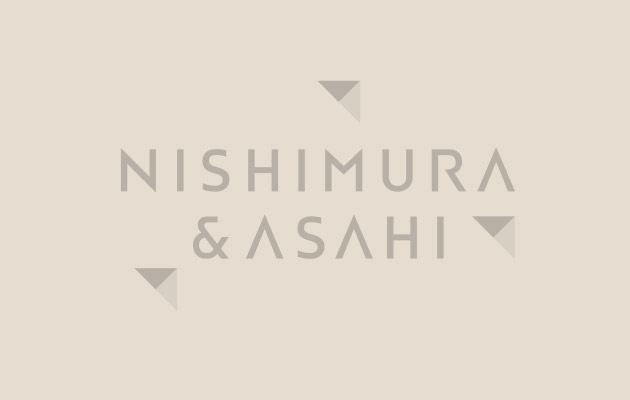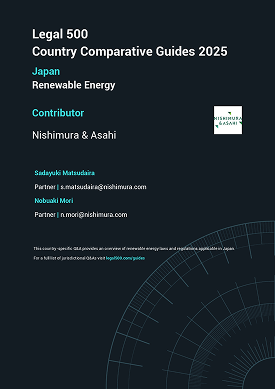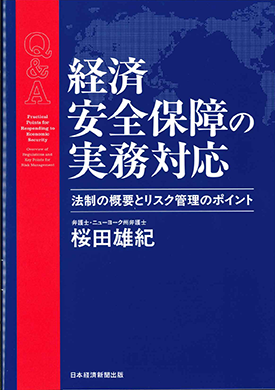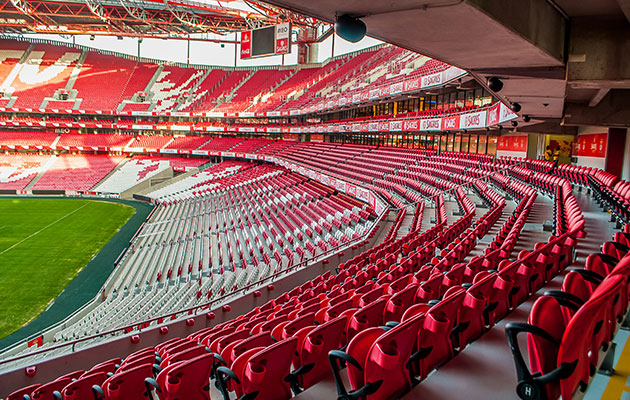- Construction & Infrastructure
Design/Build contracts in Japan - Key differences between the Nikkenren and FIDIC Yellow Book (1999) - PART ONE: Design Obligations
This newsletter series sets out key differences between Japanese standard form of a Design/Build contract (“D&B Contract”) so called “Nikkenren” and the FIDIC Yellow Book (1999) (“FIDIC YB(1999)”), and describes Nikkenren aspects with which non-Japanese parties may be unfamiliar. In this part one of the series, we will discuss design obligations of contractors. This newsletter also elaborates the relevancy of "fitness for purpose" obligations which are present under the FIDIC YB(1999), but not expressly defined in the Nikkenren. While D&B Contracts are not a recent invention, owners/employers are increasingly seeking to use this procurement method for construction projects. A D&B Contract benefits owners/employers by minimizing...To read the article, please see the PDF file
- Related Topics
-
- Construction contracts in Japan - Key differences between the Minkanrengo and FIDIC Red Book (1999) - PART ONE: Force Majeure and Extension of Time
- Construction contracts in Japan - Key Differences between the Minkanrengo and FIDIC Red Book (1999) - PART TWO: Price Fluctuations and Variations
- Construction Contracts in Japan - Key Differences between the Minkanrengo and FIDIC Red Book (1999) - PART THREE: Issues regarding financial exposure
Authors
Construction & Infrastructure
- Construction Business Licenses under the Construction Business Act
Construction & Infrastructure
- Standard Forms of Construction Contracts in Japan
Construction & Infrastructure
- Singapore: Launch of NEC4 Contract for Construction and Engineering Projects and Adoption of Collaborative Contract

Derek TAY
- Associate
- Singapore

Satoshi has worked at N&A’s Singapore office since July 2022 and has provided Japanese clients with headquarters in Japan or Singapore and other clients with legal support on crisis management/compliance, dispute resolution, labor and general corporate matters for their businesses operations in Southeast Asian countries.
Satoshi has also engaged in international construction and infrastructure projects and has advised on construction contracts, laws and regulations, and disputes in connection with projects in Japan and overseas.
Corporate Crisis Management
Asia
- Anti-Bribery and Anti-Corruption Compliance in Asia (Part 1)
Construction & Infrastructure
- Important Legal Considerations for the Construction of Data Centers in Japan
Construction & Infrastructure
- Overview of the 2024 Amendments to the Japanese Construction Business Act and Their Impact on Contract Price Adjustment

Tomomi MURATA
- Partner
- Singapore
Having been stationed at the Hanoi office from 2016 to 2017 and subsequently at the Singapore office since 2019, Tomomi brings a wealth of experience in international construction and infrastructure projects. Her portfolio spans a diverse range of cases, encompassing all areas from negotiation and drafting construction contracts to handling issues arising during project execution, addressing construction disputes, and conducting regulatory research related to construction in both domestic and international projects.
Leveraging her experience in Singapore and Vietnam, she collaborates with qualified lawyers in various jurisdictions, contributing to her extensive expertise in construction projects across the Southeast Asian region. In addition, she actively holds seminars and in-house training sessions on FIDIC, one of the leading standard forms of contract for international construction.
Beyond her focus on construction and infrastructure, she provides broad legal advice on issues related to new investments, joint ventures, and labor matters in Southeast Asian countries, with a particular emphasis on Singapore, Malaysia, Indonesia, and Vietnam.
Construction & Infrastructure
- Singapore: Launch of NEC4 Contract for Construction and Engineering Projects and Adoption of Collaborative Contract
Construction & Infrastructure
- Important Legal Considerations for the Construction of Data Centers in Japan
Related Knowledge
-

-
Japan: Designation of Large-scale Platform Operators Pursuant to Article 20(1) of the Information Distribution Platform Act
Data Protection
- Noriya ISHIKAWA
- Gai MATSUSHITA
- Takahiro SUGAUCHI and others
-

-
Construction Business Licenses under the Construction Business Act
Construction & Infrastructure
-

-
The Legal 500 Country Comparative Guides - Renewable Energy 2025: Japan
Articles
-

-
Doing Business In Vietnam
Doing Business In Series
- Hikaru OGUCHI
- Kazuhide OHYA
- Taro HIROSAWA and others
-

-
Q&A Guide to Economic Security: Legal Frameworks and Practical Risk Management Strategies
Books
-

-
Latest Trends and Legal Issues in Sports Business: Session 8 - Investment in sports teams ・ Latest Trends in M&A
Articles
- Hironori INAGAKI
- Takahisa WATANABE
- Masayuki OBATA and others


Shintaro Uno is one of Japan’s leading experts on FIDIC and other construction-industry contracts. He specializes in international engineering and construction of infrastructure projects around the world, with a particular focus on Japan and Asia. He has extensive experience advising on a wide range of projects, including semiconductor plants, data centers, high-speed railways, highways, submarine cables, coal-mining process facilities, Mass Rapid Transit, high-rise buildings, lithium hydroxide plants, various types of power plants, tunnels, ports, dredging, offshore wind, and water treatment and supply facilities, with primary contracts based on the standard FIDIC contract forms (including Redbook, Yellowbook, Silverbook 1999 and 2017 editions), Minkanrengo Building contract, Nikkenren Design Build, and ENAA.
On the contentious side, Shintaro successfully represents both employers and contractors in proceedings before Dispute Adjudication Boards, international arbitral tribunals, and national courts. He has particular expertise in arbitration under the SIAC, ICC, BANI, and DIAC rules.
Shintaro has been recognized as a Leading Individual in the Construction: International category by Chambers Asia-Pacific for three consecutive years (2023–2025), reflecting his reputation and track record in the region.
Over the past 14 years, Shintaro has been based in Southeast Asia, where he has advised on numerous complex disputes and crisis scenarios. His regional experience is especially extensive in Indonesia, where he has handled more than 70 contentious matters—including litigation, internal investigations, local arbitrations, and criminal cases—demonstrating his capability to navigate sensitive legal issues in cross-border settings.